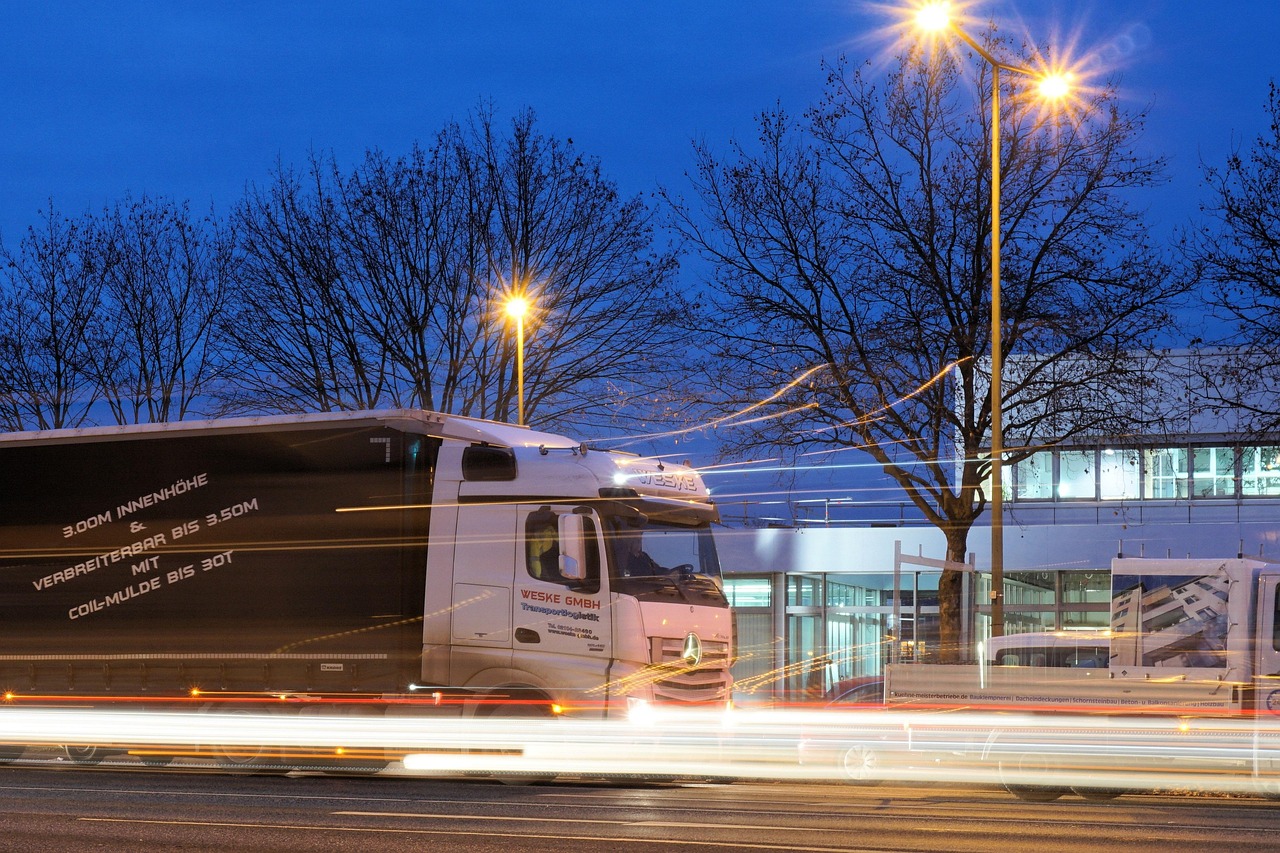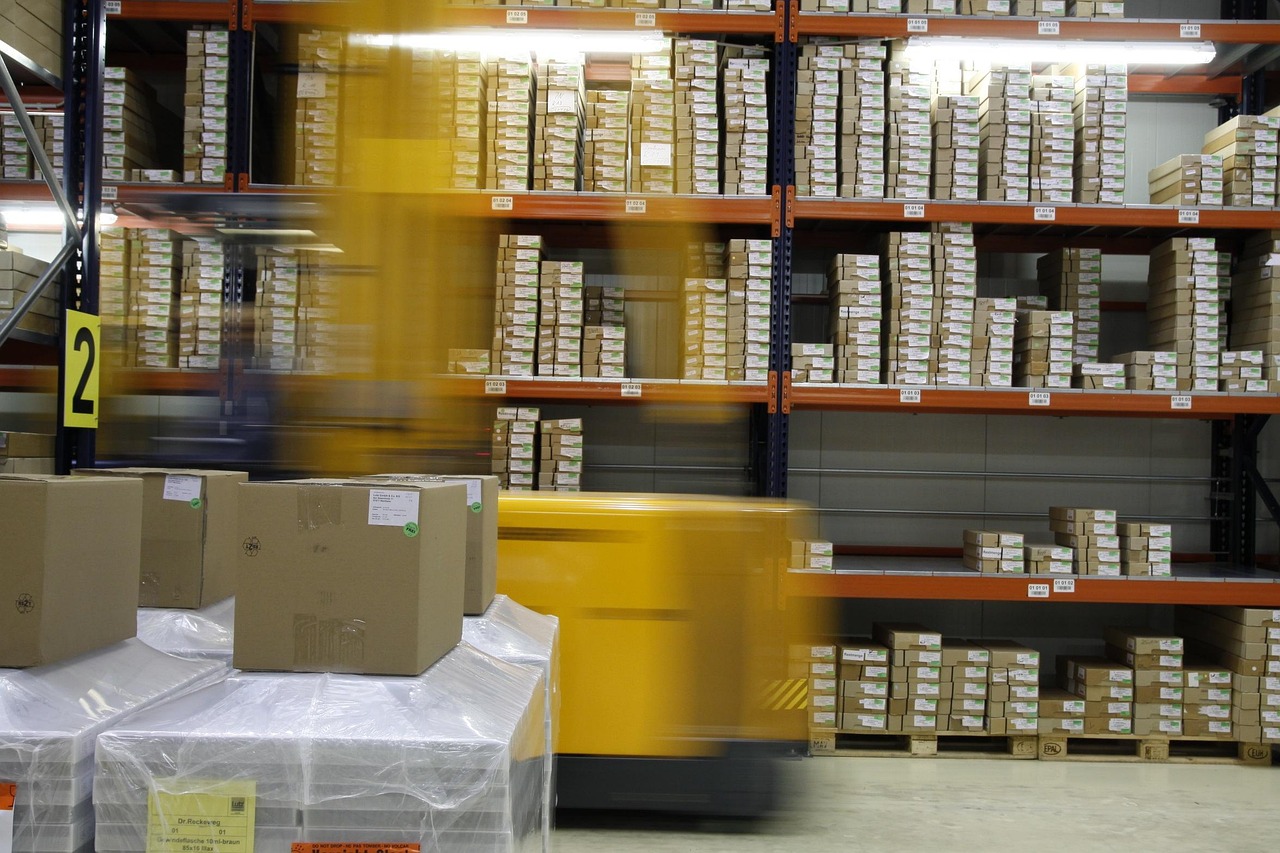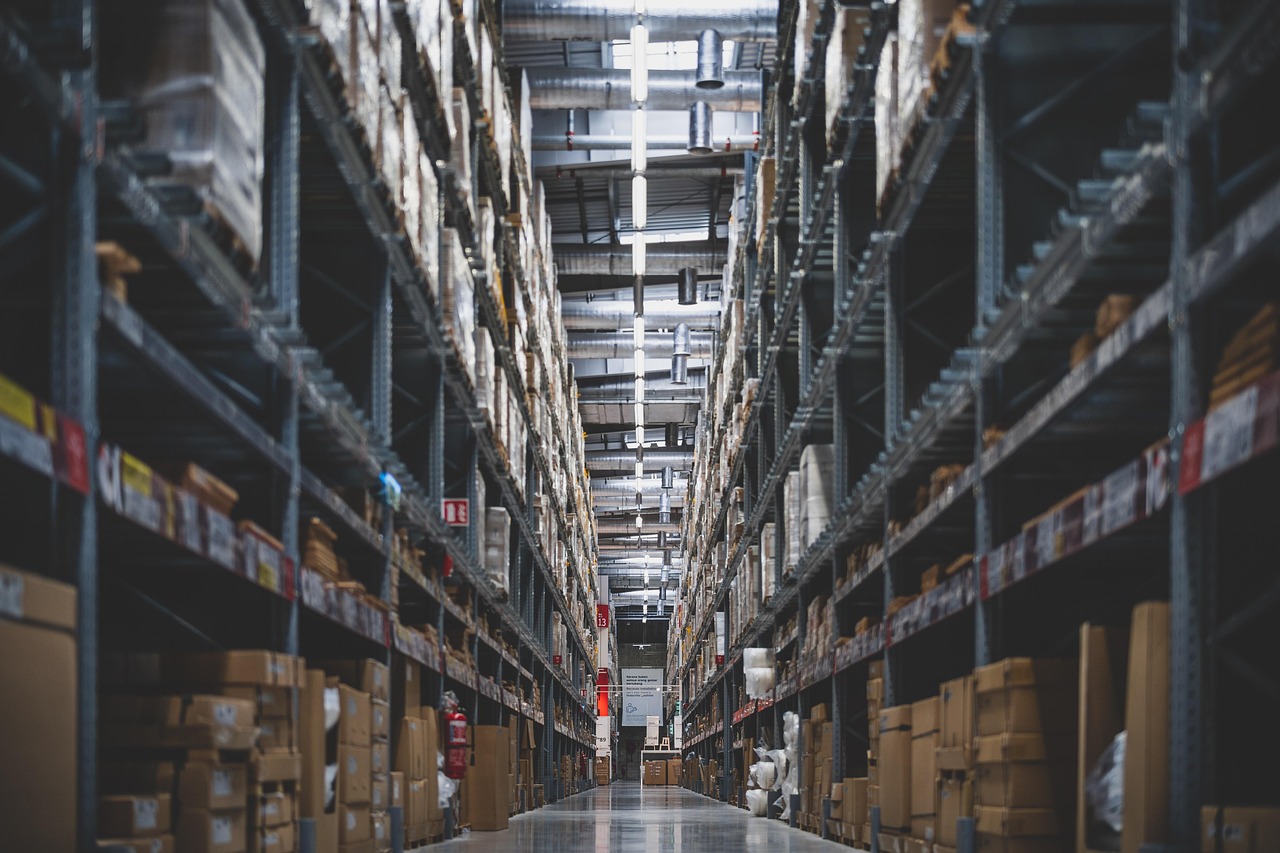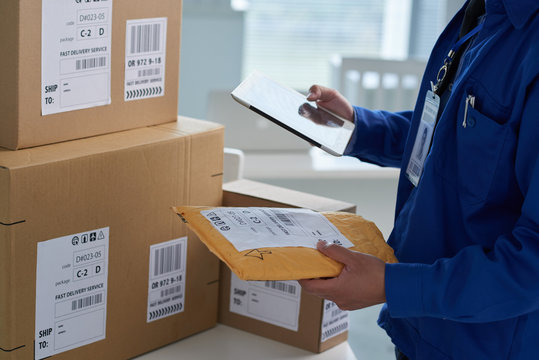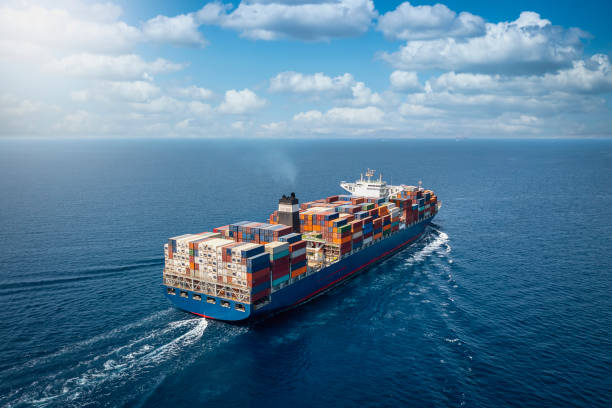Why is efficient fulfillment so important for improving customer satisfaction?
The internet not only changed the way we produce and relate, it also accustomed us to a culture of promptness where most processes are carried out in an accelerated manner. Currently, online shoppers accept increasingly shorter delivery times under premises such as “I want it now” or “Why wait if I can buy it at another store that ships it faster?”
These expressions are very common today and have caused ecommerce face a frantic race against the clock to remain competitive in their delivery times, while protecting their long-term profitability.
Do you feel that you are in that situation?
Below, we'll tell you everything you need to know about the benefits of Fulfillment and which one is right for your business to increase the customer satisfaction rate.
What is fulfillment in ecommerce?
The fulfillment process is known as one that involves the reception, storage, assortment, packaging and delivery of orders within an e-commerce; that is, each of the stages that are generated from the moment the purchase is registered, until the product is in the hands of the customer
In general, the success of the package's arrival depends on the efficiency of each phase, now we'll see why.
Fulfillment step by step
🚚 Step 0: Current Inventory
Have a suitable inventory control and management It is essential, it must be updated in real time to never fall into a “out of stock” sale, unless it is a pre-sale commercial strategy. Remember: the worst thing that can happen to you is to sell something you don't have.
🚚 Step 1: Order Generation
Once the customer logs in to your e-commerce and you make the purchase, an order is created and, from that moment on, the time you defined in your delivery promise begins to elapse.
🚚 Step 2: Efficient processing
This stage plays a decisive role. If the preparation of the order is carried out efficiently, then it can be transported to the customer quickly without errors in the assortment.
🚚 Step 3: On-time shipping
After the order has been placed and dispatched through the courier or parcel, the last-mile aspect begins, at which point the user receives their purchase and, if there are no incidents, it ends with the receipt of the order.
Keep in mind that clear communication with the end customer, before and after the transaction, is one of the most important sales characteristics of ecommerce.
As we can see, the three previous phases influence your compliance levels. To give you an idea of how the sector is moving, 73% do so in a range of 48 to 72 hours.
At a lower percentage, there are same-day deliveries, which although they can be an attractive sales hook, are highly impossible for many businesses for the operational efforts they represent.
🚚 Step 4: Customer Service
The service doesn't end when the seller delivers the item. E-commerce companies must be prepared to provide excellent after-sales service, where the customer can be traced about their shipment and their questions and needs are addressed.
🚚 Step 5: Timely Returns
Unfortunately, dissatisfied customers or certain conditions mean that returns can occur on any of the purchases, the important thing is to find the best way to deal with them, generating the least possible impact on your business.
In this case, an exchange and return policy can help you to know how to act and when to accept the return to reschedule the shipment, return the product to inventory and have it available for sale or discard it due to malfunction.
Let's review figures
- 53% of ecommerce users consider that the speed of arrival of their product is an influential factor in their purchase decision.
- 38% will never buy products again with a company they had a bad delivery experience with.
- 61% won't even finish the purchase and abandon the cart if the shipping rates are too high.
What do you think of these statistics? Consider them for the current evaluation of your fulfillment strategy.
Fulfillment models: Which one is best for your ecommerce?
Factors such as sales volume, growth projection and internal management impact the type of fulfillment that works best for you.
Let's get to know them.
📝 In-House Fulfillment
Los ecommerce that have adopted it assume all the preparatory functions on their own, that is, without hiring outside people. The last mile, depending on the case, can be internal or external with packages or couriers.
Pros
The model is an alternative for those emerging online stores that are starting up and do not yet have a high volume of orders and can handle inventory and packaging manually, usually from their homes or retail locations, allowing them to save operating costs, but above all: learn from the business.
Cons
If the team wastes a lot of time preparing orders, they can hardly focus on making important business decisions, such as generating strategies to attract more customers.
📝 Outsourced Fulfillment
If your business grew and you don't have the time or infrastructure (operating muscle) to meet the high demand of business, outsourcing is a good option, and it's also a worldwide trend for all companies; you don't require investment and you save money (compared to the cost of your own infrastructure), it also avoids operational wear and tear and gives you the time to dedicate yourself to other fronts of the business.
Pros
You will be delegating work to an ally specialized in ecommerce and fulfillment who will give you the best practices from day one, which will guarantee you efficiency, quality of service and lower cost (companies such as Cubbo, for example, they save between 5% and 39% of the logistics cost to their customers).
Cons
It is important that before outsourcing your service, make sure you hire a company that offers you guarantees in this field, that has the resources, technology and experience to provide a satisfactory experience to your final consumer.
Remember that delivery is the cover letter of your e-commerce, it depends, to a large extent, on maintaining a long-term relationship with the buyer.
Outsourcing in Mexican e-commerce
According to studies by the AMVO on storage and transport services in the sector, currently 60% of e-commerce Mexicans use their own storage, while 64% contract transportation for their deliveries.
This is a considerable difference compared to countries such as the United States where 85% of transportation and 78% of storage are outsourced, that is, the hiring of storage providers in Mexican e-commerce is almost 50% of what occurs in the great American power.
Own or outsourced, every process requires planning that gives order to each phase and allows it to be developed in the most efficient way possible. Businesses that have a good plan, an efficient infrastructure, with established systems and equipment, are one step closer to achieving that much desired end customer satisfaction.
Rebuy, the reward for your efforts
Gaining a new customer is much more expensive than keeping a current one, investing in attracting users generally involves spending on marketing and other strategies for attracting prospects. The ideal scenario is one where the customer makes their first purchase and generates subsequent repurchases.
How is this achieved? Thanks to the magic word: satisfaction.
- If your customer is comfortable with the cost and speed of delivery, your conversion rate will increase.
- If the service provided after the sale (follow-up, response to your requests and solution to contingencies) is carried out effectively, they will surely consider you again in their purchasing decisions and will increase your repurchase rate.
Customer satisfaction is derived from several factors and the quality and efficiency of the service fulfillment is perhaps one of the most important, as it represents ecommerce.
The Kings of Speed
Amazon and Walmart are speed benchmarks, the former promising one-day shipping for its users Prime, while the second, offers its customers a 3-hour delivery promise for purchases of household products and technology, thanks to its option ”On Demand”. Within the Mexican industries of fulfillment that make a difference due to their speed and attention, is Cubbo, who does same day delivery in CDMX.
This and other examples allow us to show that the good practices of Fulfillment they become real competitive advantages for those brands that seek to stand out with innovative and challenging alternatives for the sector.
Only those sellers who evolve their customer service under solid operations will continue to be players in the market.
Are you looking for an ally to help you improve your delivery process, enhance your compliance and customer satisfaction? Do not hesitate to contact us, we are the best fulfillment center for ecommerce in Mexico and Colombia.
If your business is growing in different regions, rely on solutions such as fulfillment in Querétaro can help you expand your operation and optimize delivery times without losing control of your inventory.
Sources of information: Bigcommerce / Marketing4eCommerce / Thelogisticsworld /KPI's Online Sales Logistics Study AMVO, December 2020.


